World’s third-largest salt-water lake at risk of drying up
1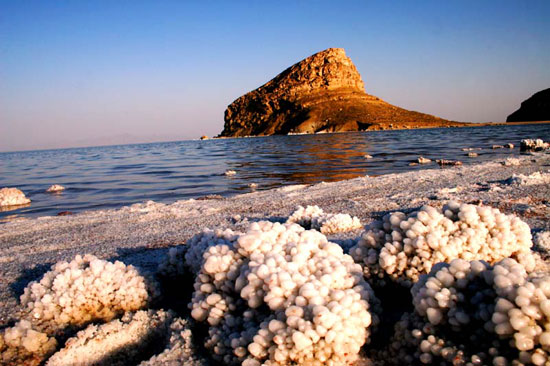
Oroumieh (or Urmia) Lake
Iran’s Oroumieh Lake is in crisis. Dams and upstream diversions have lowered water levels of the world’s third-largest salt-water lake by a staggering 60 percent. To save this vanishing lake, officials are moving forward with a three-part strategy to bring life back to it. But the plan has been accused of sidestepping the real source of the problem.
Oroumieh Lake’s shoreline sits hundreds of meters from where it formerly was. The lake once known supporting rich agriculture and tourism has been dramatically diminished to a puddle only two meters at its deepest point.
Signs of falling levels have been evident since the early 1990s. Policymakers initially attributed the dip to normal drought cycles.
“Experts believed it would be a 10-year rotating drought, at first,” Nasser Agh, a professor at Tabriz Sahand University, told the Associated Press.
But then the level has continued to fall at alarming rates. Yet, 35 dams continue to hold water from the lake, and agricultural irrigation continues to divert flow.
The lake level has dropped so dramatically that researchers are calling Lake Oroumieh the next Aral Sea. Upstream dams are primarily blamed for causing the water to dry up, leading to rising salinity, as high as 350 milligrams per liter.
Due to extreme salinity, winds are now able to carry high levels of salt to distances up to 370 miles. Some call this dangerous phenomenon a “Salt Tsunami.” An estimated 8 to 10 billion tons of salt could be picked up by winds, an amount that could severally damage surrounding agricultural land.
A three-staged plan has been approved that aims to save the lake. It will include injecting silver iodine into clouds, which instigates rainfall by forming ice crystals that then fall as rain over a targeted area. This is a process known as cloud seeding, similar to that used around Lake Tahoe. The plan also includes a mandated lowering of water consumption and pumping water from other sources into the lake. Many perceive the effort to be largely symbolic, as the plan does nothing to release water from the numerous up-stream dams.
“The lake is in such a misery because of the dams,” Ismail Kahram, a professor at Tehran Azad University, told the AP. He added that the government ought to allow 20 percent of dam water to reach the lake.
Oroumieh Lake, Iran’s Largest, Turning To Salt [Huffington Post] Iran’s Largest Lake Slowly Vanishing [Petoskey News]
Image Credit: http://en.wikipedia.org/wiki/File:Lake_urmia,_salt_crystals.jpg




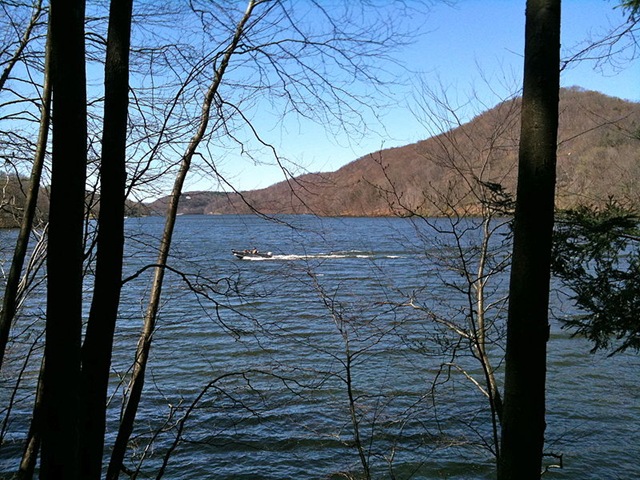
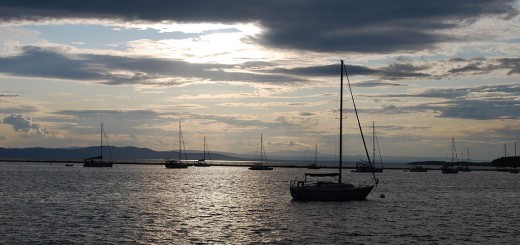
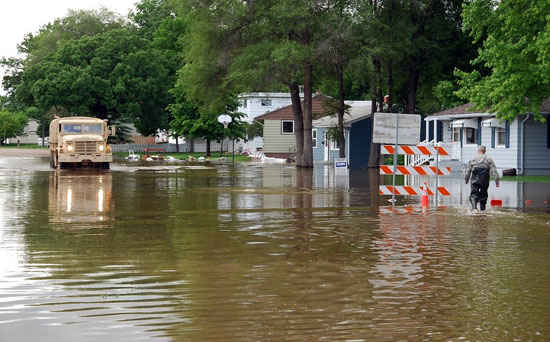
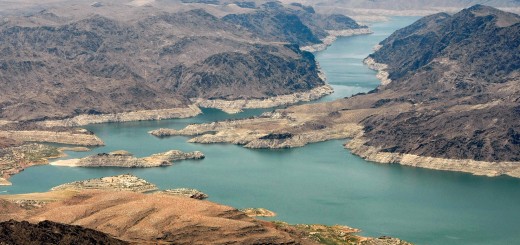






please help us to save this beautiful lake…